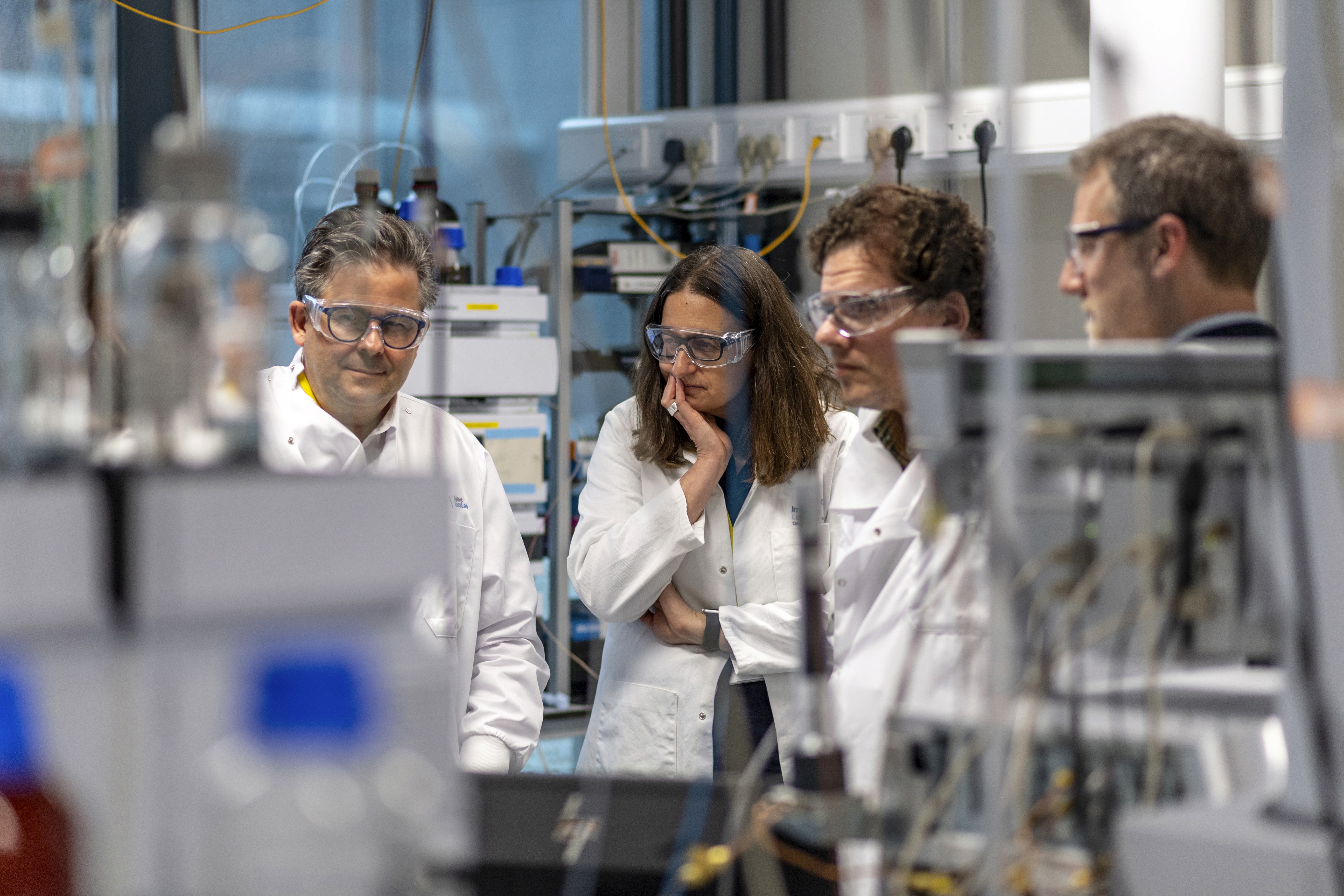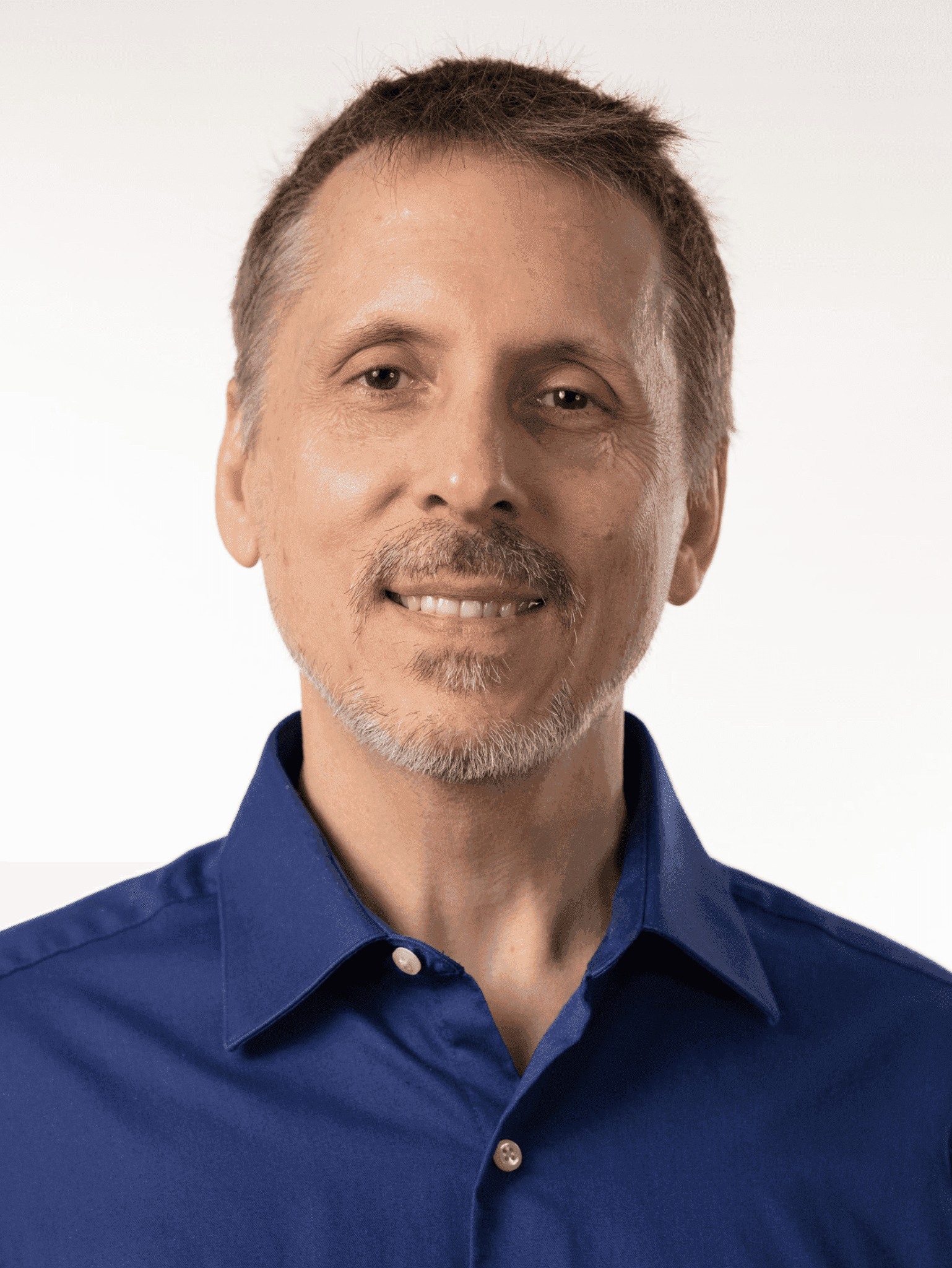NVIDIA & CDD Vault Bring Together Data, Teams, AI
A collaborative, AI-powered approach to accelerate life-saving therapeutics.
The buzz around AI in drug discovery is undeniable, but what does it really take to translate AI's dream-like potential into tangible cures?
At SynBioBeta 2025, Dr. Barry Bunin, CEO of Collaborative Drug Discovery (CDD), and Dr. Anthony Costa, Director of Digital Biology at NVIDIA, took on this question during the AI in Drug Discovery panel. Moderated by Axios’ Alison Snyder, the discussion dispelled some popular misconceptions about AI drug discovery and centered around three critical ingredients for success: high-quality data, robust AI models, and seamless collaboration across diverse teams.
1. The Data Imperative: Quality Over Quantity
The panel quickly dismantled the myth that more data equals better AI.
"Curated, AI-ready datasets beat brute-force training and compute," said Dr. Bunin. What’s important isn't just data volume, but the quality and relevance of the data.
Dr. Costa emphasized this point. “We have nowhere near the required data to train truly generalizable models." Together, they underscored the ongoing need to combine model-ready, secure data that can effectively train predictive models and generate hypotheses.
Dr. Bunin also pointed out the distinction between various biological datasets. While genomics databases are the largest due to the speed of generation, more experimental data in chemistry and biology is "more arduous" to obtain. The challenge lies in integrating and utilizing both public and private data, particularly when there’s proprietary data involved that won’t be shared broadly and requires high-confidence data security.
2. The Power of Integrated Models and Platforms
Dr. Costa explained that NVIDIA’s role isn't in drug discovery itself, but in building the "infrastructure around the best-in-class algorithms." He said that NVIDIA’s goal is to "accelerate the science and to make things that are high velocity much easier to use." This includes making powerful AI-driven BioNeMo tools NIM microservices accessible to startups, CROs, and pharma through platforms like CDD Vault.
CDD's "magic power," according to Dr. Bunin, is "making the software easy to use for scientists." CDD’s "Complexity Simplified" approach means scientists don't need to be software development experts to utilize advanced AI capabilities.
The recent integration of CDD Vault and BioNeMo NIM allows for the automatic generation of protein structures from sequences and the rapid exploration of new molecules based on existing experimental data. With seamless connection to models APIs forlike AlphaFold2 and DiffDock, this integration allows for continuous optimization, with experiments done during the day and models run at night, leading to "smarter experiments" and a faster rate of drug discovery.
3. Collaborative Teams: The Human Element Remains Key
Drs. Bunin and Costa noted that despite AI's advancements, drug discovery remains a highly collaborative human endeavor. The notion of "creating drugs with the push of a button" was firmly rejected. If anything, AI intensifies the need for seamless collaboration across disciplines (biology, chemistry, AI, data science, automation) and organizations (biotechs, academia, CROs, pharma).
Dr. Bunin provided a compelling real-world example of this collaboration in action through CDD's role in a global consortium to treat tuberculosis. Working together with the Gates Foundation, nine large pharmaceutical companies (normally competitors) are sharing active compounds against tuberculosis via CDD Vault.
It’s just one example of how a unified foundation for R&D data can break down silos and foster unprecedented cooperation, from neglected diseases to cancer cures.
Data, Teams & AI in Action: Advancing Malaria Therapies
Malaria affects 250 million people and causes over 600,000 deaths annually, and resistance to first-line combination therapies is rising. In A July 2025 panel of leaders from Medicines for Malaria Venture, The Gates Foundation, UC San Diego, University of Cape Town, and Collaborative Drug Discovery shared the latest advances in antimalarial drug discovery:
Unified, Open-Access Data
MMV’s shared compound libraries and tools supply consistent, curated datasets to over 50 countries—ensuring that every malaria researcher works from the same high-confidence information pool.Cross-Organizational Collaboration
From the Malaria Drug Accelerator consortium’s pooled resistance data to CDD’s free Vault access program in Africa, multi-disciplinary teams are combining domain expertise, shared workflows, and AI-driven insights to accelerate next-generation antimalarial development.Embedded AI & Informatics
By integrating NVIDIA BioNeMo NIM microservices (AlphaFold2 for protein structure, DiffDock for docking) directly into CDD Vault, scientists can launch advanced AI models on demand—no coding or IT overhead—within a secure, browser-based environment.
Looking Ahead
The SynBioBeta 2025 panel made it clear: the journey from AI to cures is complex, but the convergence of high-quality data, accessible and robust AI models, and dedicated interdisciplinary collaboration is paving the way for a new era of drug discovery.
To paraphrase Dr. Bunin, the true power isn't in how any single biologist or chemist can apply AI, but in our ability to unify and accelerate data and insights across large teams of scientists all at once. It’s a collaborative, AI-powered approach, one that holds immense promise for accelerating the development of life-saving therapeutics.

















